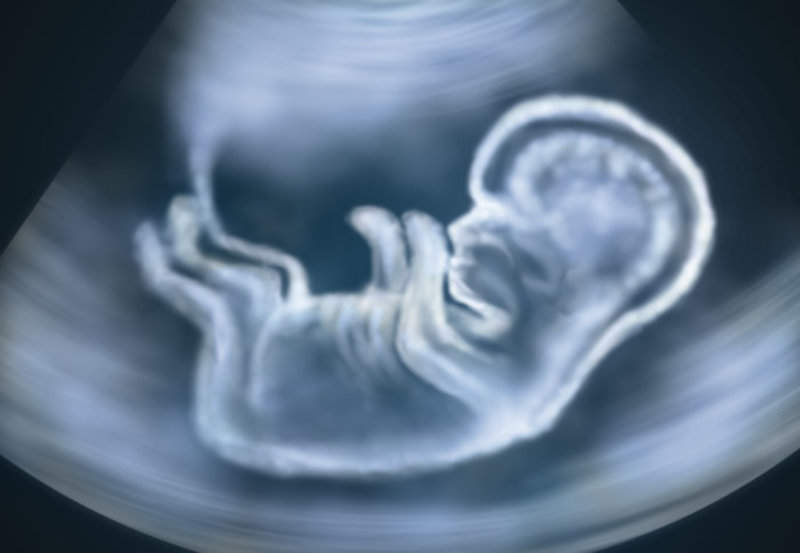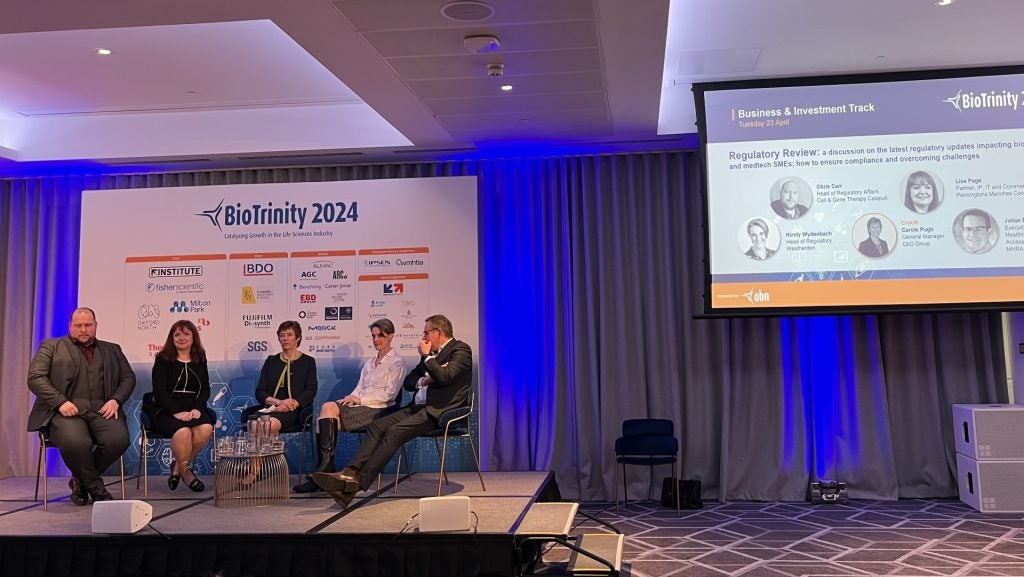
Researchers at Imperial College London have developed a new sensor-based device to monitor foetal movements in high-risk pregnancies.
The device enables physicians to monitor pregnancies where the baby is not growing as expected.
The system provides an alternative to the current self-reporting system, which requires mothers to notice changes in their baby’s movements and seek medical help. This approach is often inaccurate and may lead mothers to feel anxious or not report changes that should be recorded.
Imperial College London Department of Bioengineering Niamh Nowlan said: “The movements of a baby in the womb, foetal movements, are an important sign of the baby’s health. However, there is currently no way to monitor foetal movements outside of a hospital.”
However, the new sensor can be worn for an extended duration and is designed to monitor the baby based on its movements and sound.
How well do you really know your competitors?
Access the most comprehensive Company Profiles on the market, powered by GlobalData. Save hours of research. Gain competitive edge.

Thank you!
Your download email will arrive shortly
Not ready to buy yet? Download a free sample
We are confident about the unique quality of our Company Profiles. However, we want you to make the most beneficial decision for your business, so we offer a free sample that you can download by submitting the below form
By GlobalDataThe research team is specifically focussed on the effect that foetal movements can have on skeletal development and associated disorders such as hip dysplasia. They embedded the system with accelerometers and acoustic sensors to facilitate differentiation between movements of the baby and mother.
Nowlan added: “Our device is the first to use acoustic sensors to detect movements. It is also unique in that it can account for movements of the mother, which other previously proposed sensors cannot.
“We believe that this is a key aspect of the technology that will lead to successful adoption in the clinic and home.”
While technical improvements are required to enhance the accuracy of the device, the team believes that it can be in widespread use within ten years.





